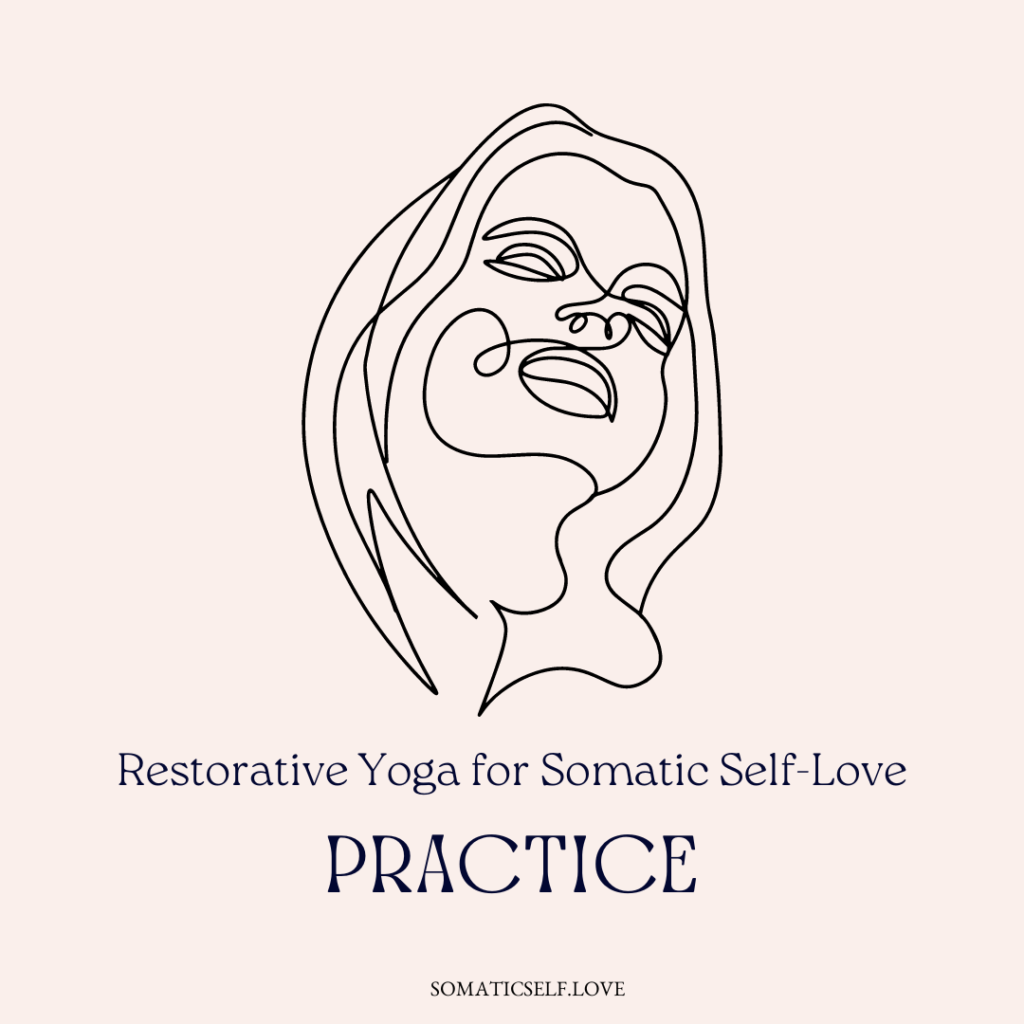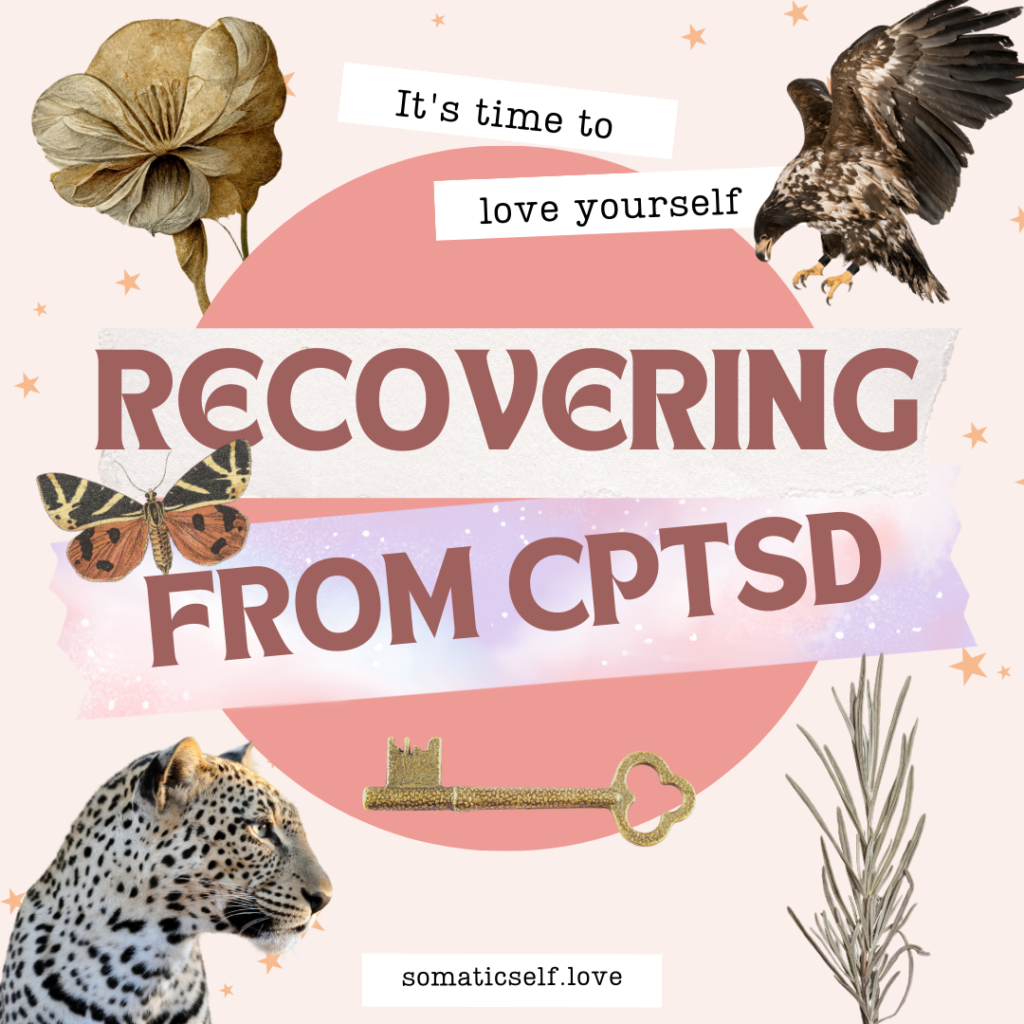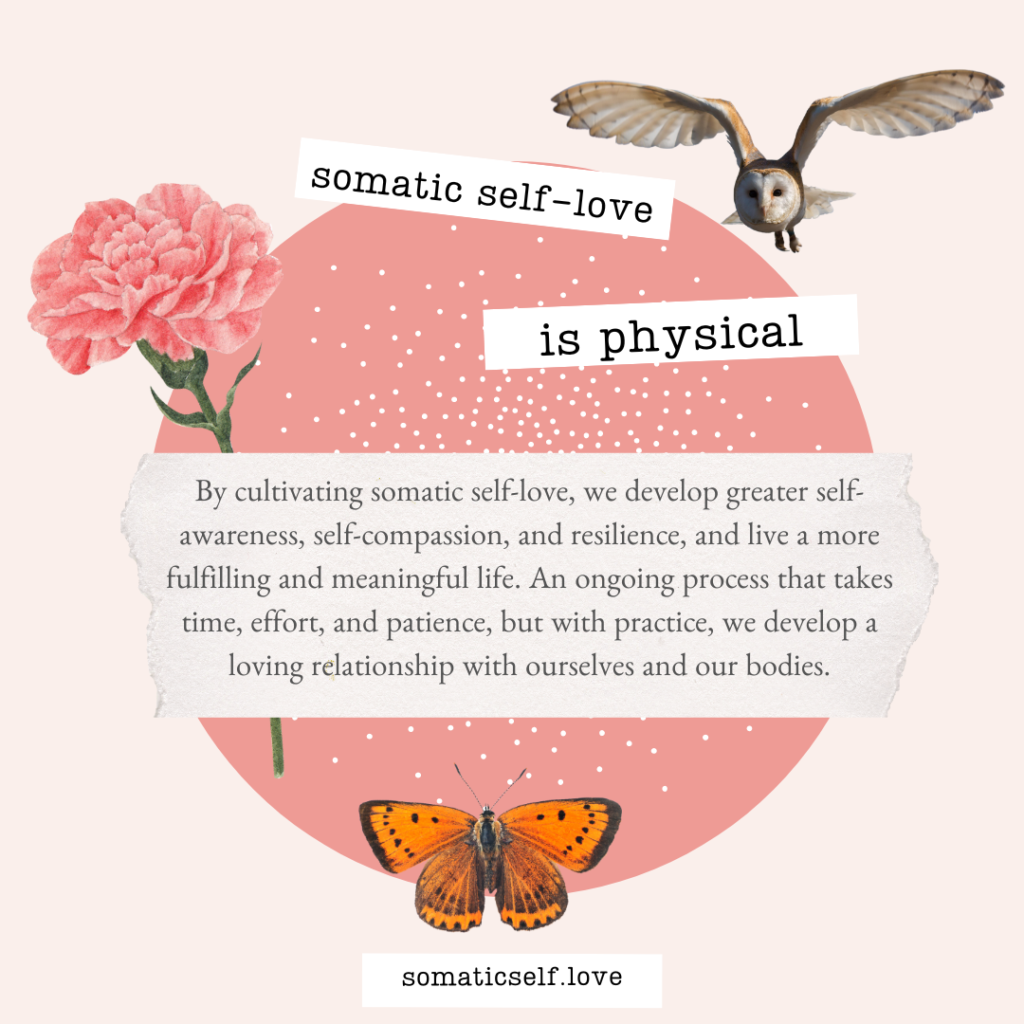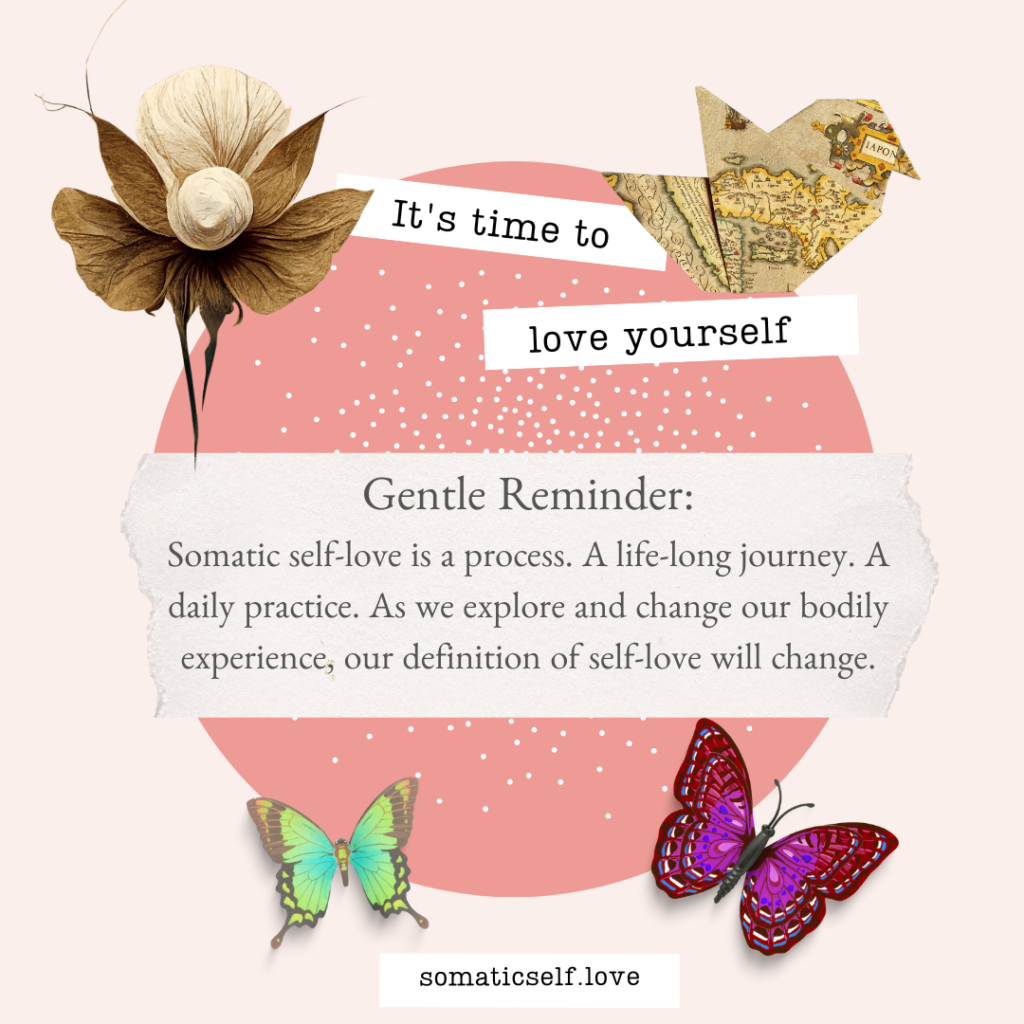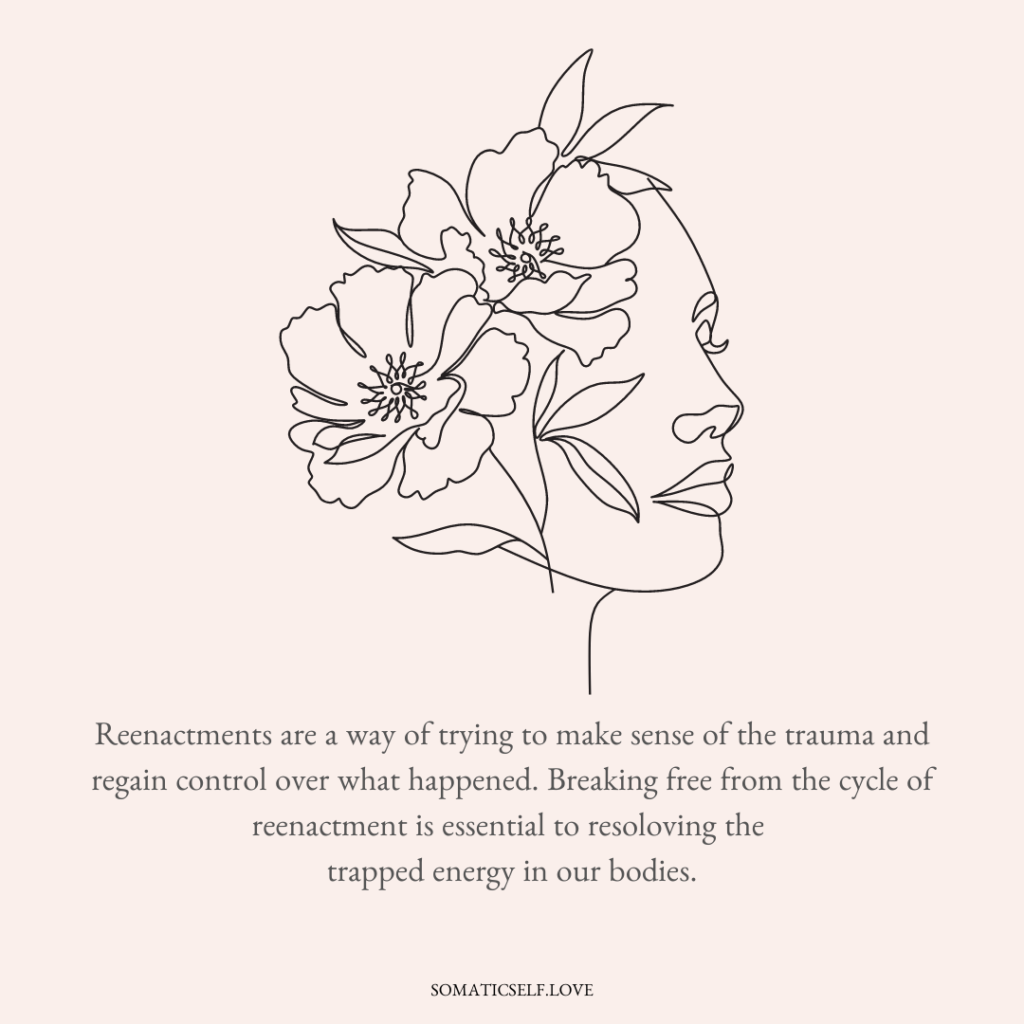Restorative Yoga for Somatic Self-Love
Restorative yoga is a style of yoga that focuses on relaxation and rejuvenation. It is a gentle practice that uses props such as blankets, bolsters, and blocks to support the body in various poses. Restorative yoga aims to promote deep relaxation, reduce stress, and support the body’s natural healing processes. Restorative yoga typically involves holding…
Read more
